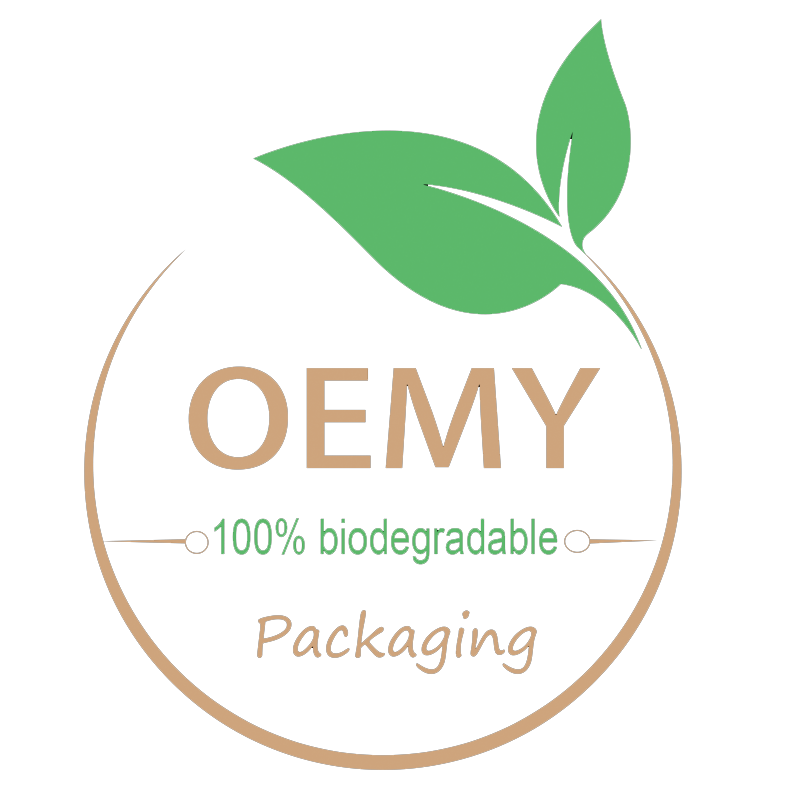As environmental concerns grow, businesses and consumers are increasingly turning to biodegradable packaging bags as an eco-friendly alternative to traditional plastic bags. But what exactly sets them apart?
1. Material Composition
Biodegradable Bags: Made from plant-based materials like cornstarch, PLA (polylactic acid), or PBAT (polybutylene adipate terephthalate), these bags decompose naturally under specific conditions, leaving minimal environmental impact.
Ordinary Bags: Typically made from petroleum-based plastics like polyethylene (PE) or polypropylene (PP), which can take hundreds of years to break down, contributing to long-term pollution.
2. Decomposition Process
Biodegradable Bags: Break down into water, carbon dioxide, and biomass within months to a few years when exposed to microbial activity in composting facilities or natural environments.
Ordinary Bags: Fragment into microplastics over time but do not fully degrade, posing risks to wildlife and ecosystems.
3. Environmental Impact
Biodegradable Bags: Reduce reliance on fossil fuels and lower carbon emissions during production. However, they require proper disposal in composting facilities to decompose efficiently.
Ordinary Bags: Contribute to plastic waste accumulation in landfills and oceans, harming marine life and entering the food chain.
4. Cost and Availability
While biodegradable options are generally more expensive due to higher production costs, economies of scale and government incentives are making them more accessible. Ordinary plastic bags remain cheaper but face increasing bans and restrictions worldwide.
The Future of Packaging
With the EU, Canada, and other regions enforcing single-use plastic bans, biodegradable alternatives are gaining traction.
As consumers, choosing biodegradable options and supporting responsible waste management can drive meaningful change in the fight against plastic pollution.
Awesome! Share to:
Related Posts
- ◉ The Pet Economy Demands Better Packaging - Here's What's Changing
- ◉ Coffee Packaging Preservation Technology That Extends Freshness
- ◉ Flexible Packaging Solutions That Support the Circular Economy
- ◉ Are Stand-Up Pouches the Ultimate Solution for Convenient Consumption?
- ◉ Green Packaging Solutions That Actually Deliver on Sustainability
Get in Touch
*We respect your confidentiality and all information are protected.
